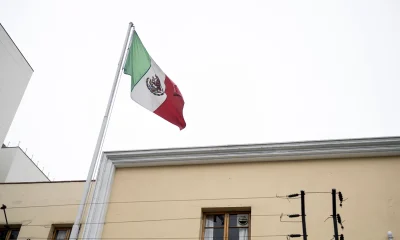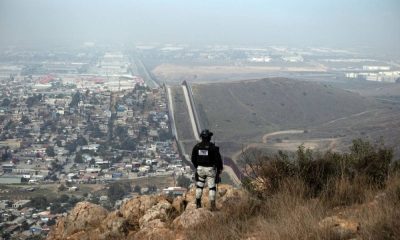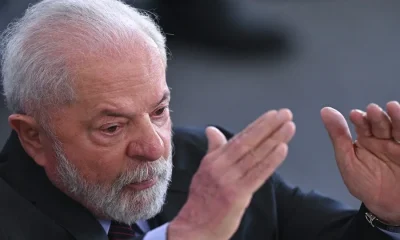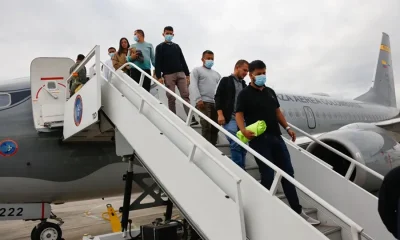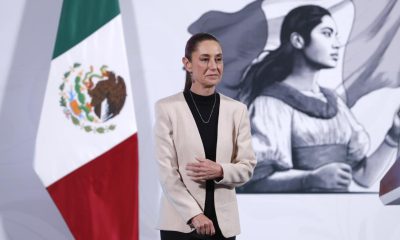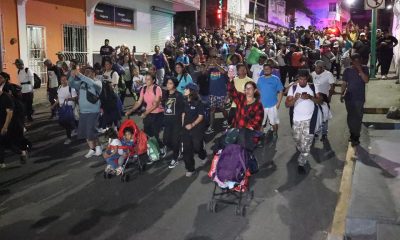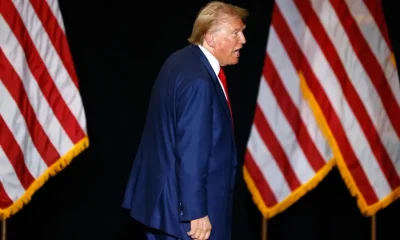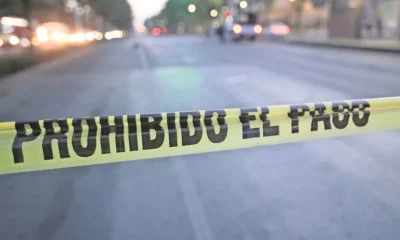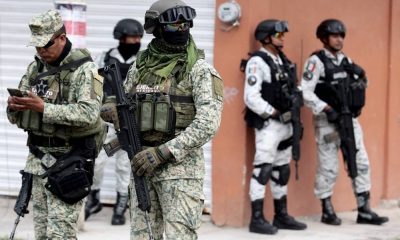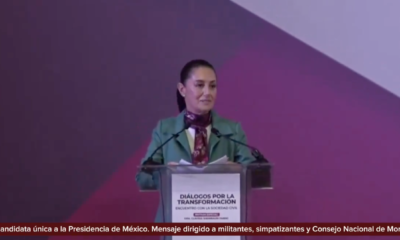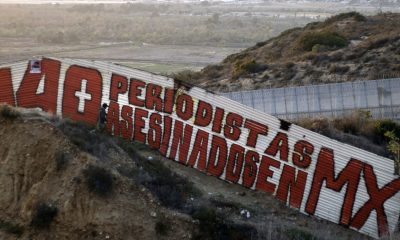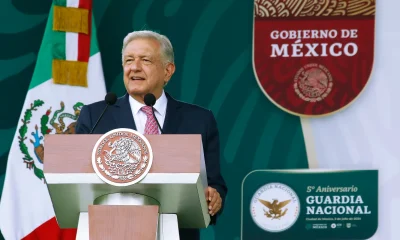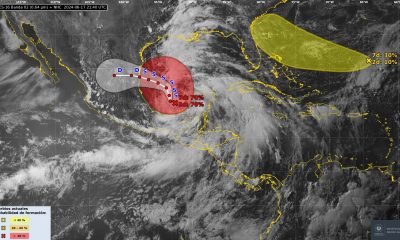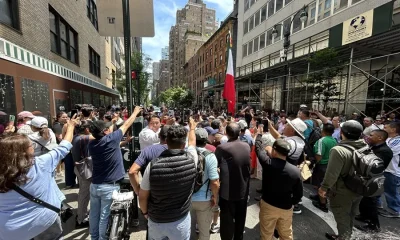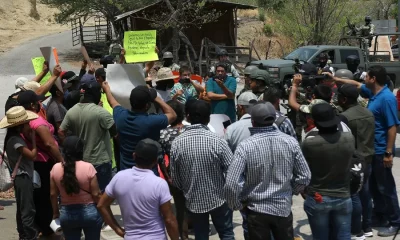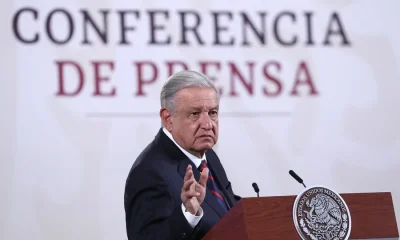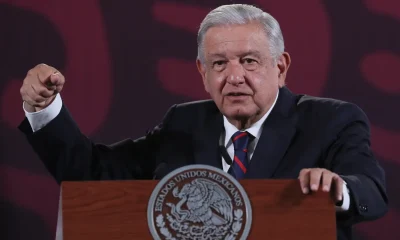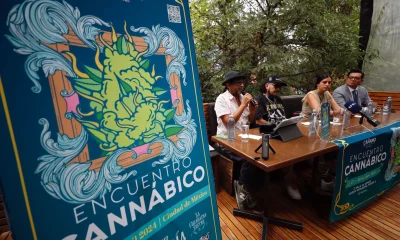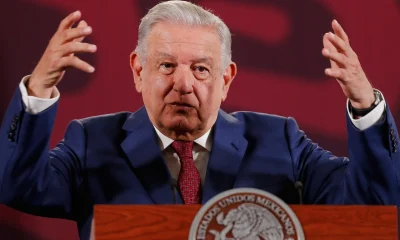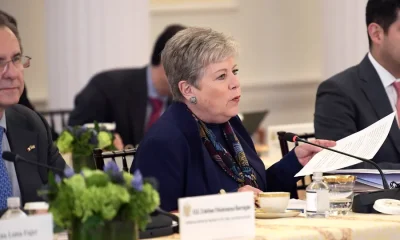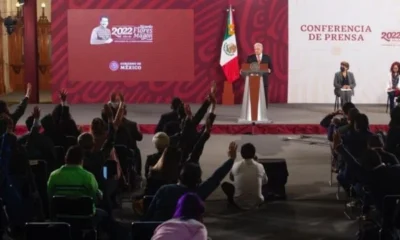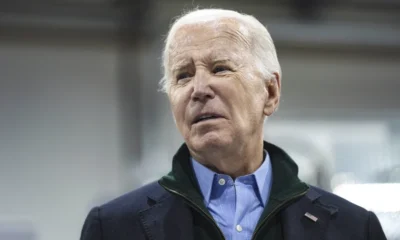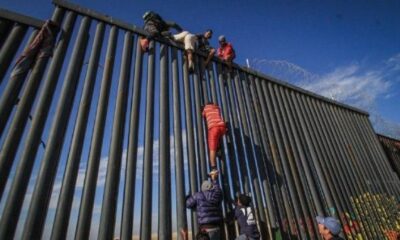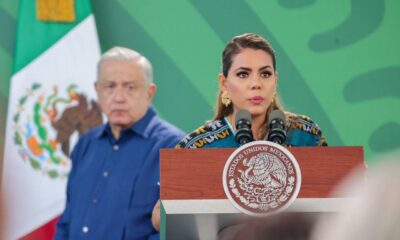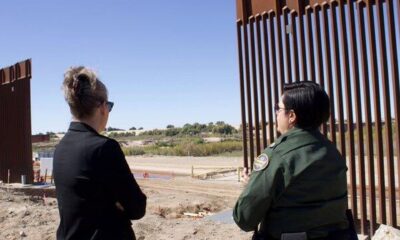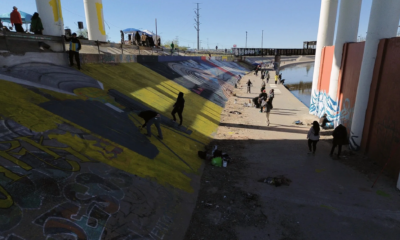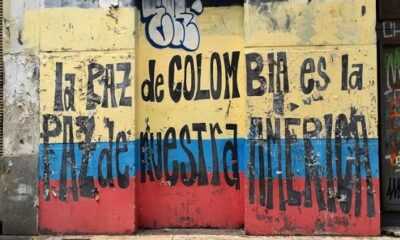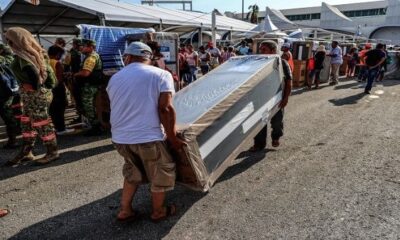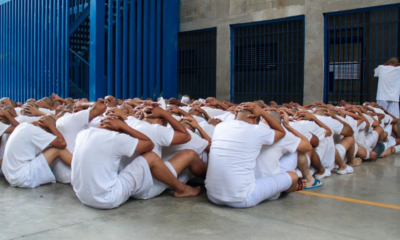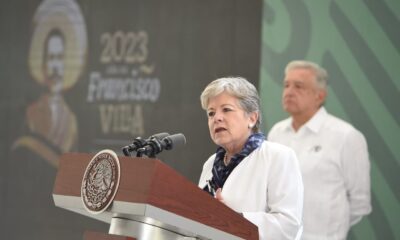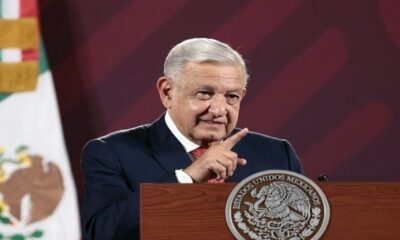International
Mexico rejects U.S. reinstatement of “Stay in Mexico” plan
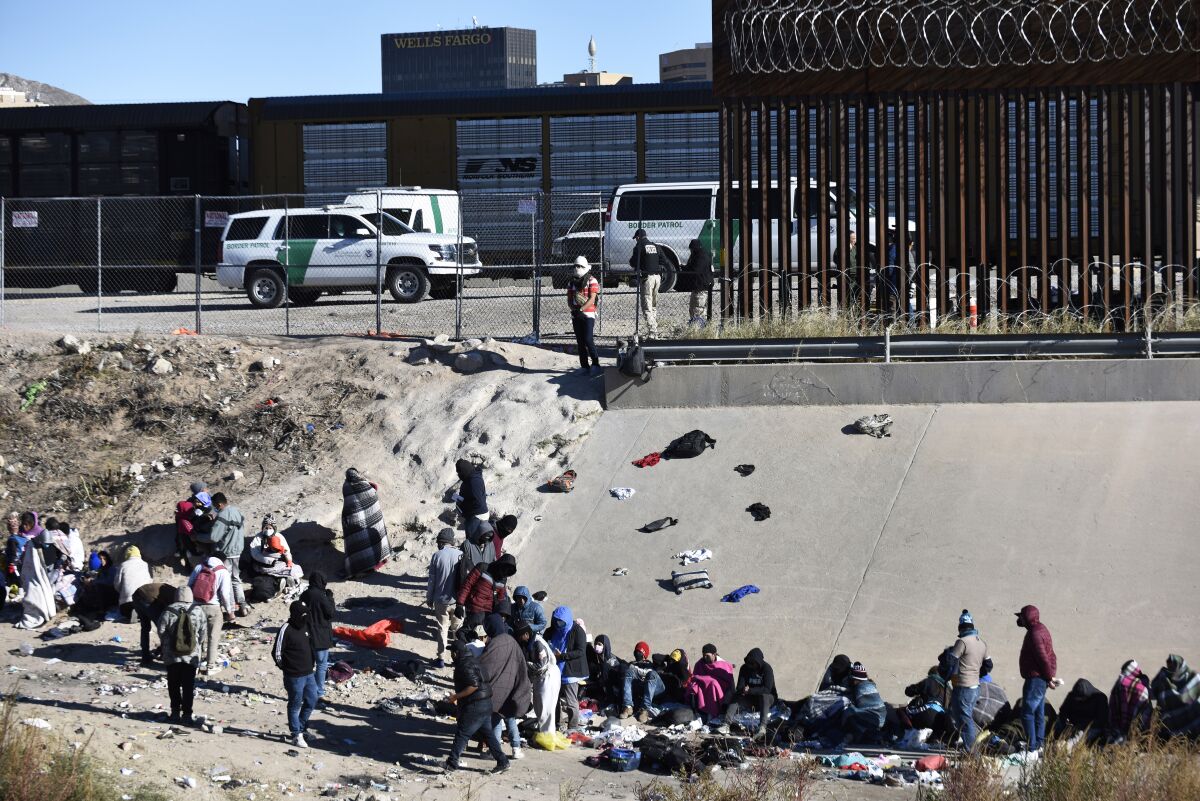
February 7th |
Mexico rejected on Monday that the United States reinstates the program for returning asylum seekers known as “Remain in Mexico”, a measure imposed by the administration of President Donald Trump that the current administration of Joe Biden abolished but was forced to reactivate on one occasion by court order.
In a statement, the Ministry of Foreign Affairs said that U.S. authorities notified it of their intention to restart the return of non-Mexicans to await in Mexico while their asylum application is being examined in the United States.
The Biden administration has not made such intentions public and ended the program, but Republican politicians have litigated in court for its reinstatement. The case reached the U.S. Supreme Court, which authorized the Democratic president to put an end to the measure, but returned the matter to local courts due to certain administrative issues.
According to the Mexican press release, on December 15, 2022, the U.S. District Court for the Northern District of Texas issued a ruling forcing Biden to reactivate the “Remain in Mexico”. The White House did not respond to a request for comment at this time.
The Biden administration has said it opposes the program, which has been criticized by UN agencies and human rights bodies, as it returns asylum seekers to places of high organized crime activity and where many of them have been victims of all kinds of crimes in recent years.
During the Trump administration more than 70,000 asylum seekers were returned to Mexico to await the processing of their U.S. claim there. When Biden was forced to reinstate the program, some 7,600 people were returned from December 2021 to October last year, according to Mexican government data.
That second version of the measure attempted to take a more humanitarian approach and affected a very small percentage of the tens of thousands of migrants who are returned to Mexico each month under a public health rule known as Title 42, which was imposed by Trump at the beginning of the COVID-19 pandemic in order to prevent the spread of contagions, and which Biden has maintained and expanded.
However, the current U.S. government also recently increased the number of temporary visas it grants for certain nationalities in the face of the unprecedented migration flow recorded in the last year at the country’s southern border.
International
Rubio rules out 2028 presidential bid if Vance runs
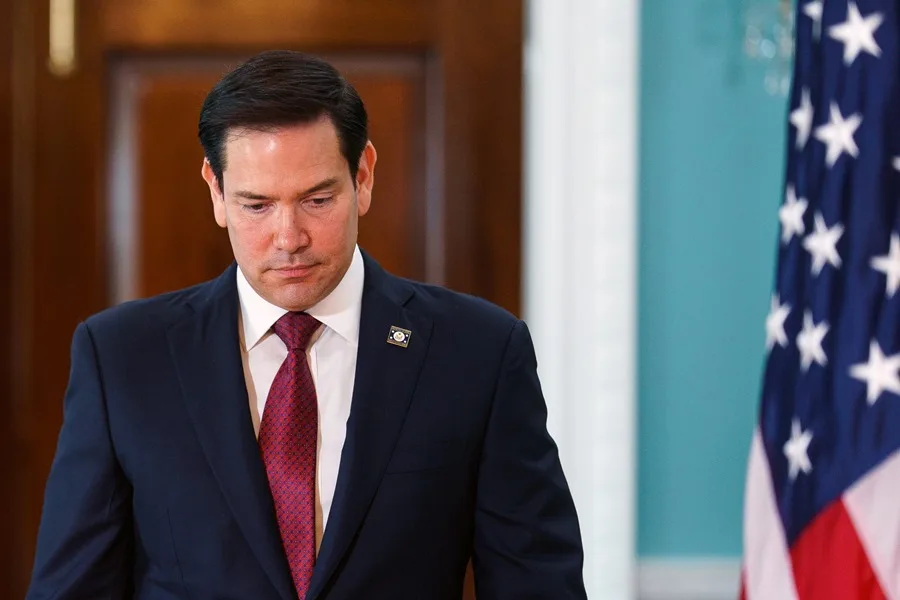
U.S. Secretary of State Marco Rubio said he would not seek the presidency in 2028 if current Vice President JD Vancedecides to run as the Republican nominee to succeed President Donald Trump.
“If JD Vance runs for president, he will be our candidate, and I will be one of the first people to support him,” Rubio said in an interview with Vanity Fair, in which he appeared alongside other senior members of the presidential cabinet.
Rubio, 54, and Vance, 41, are widely viewed as two of the leading Republican figures who could headline the party’s ticket in the 2028 election. Under the U.S. Constitution, Trump is barred from seeking another term after completing two presidential mandates.
In a lighthearted moment during the interview, Vance jokingly offered photographers $1,000 if they managed to make him look better than Rubio in the photos. Both leaders have received public backing from Trump, who last October floated the idea of a joint ticket featuring Rubio and Vance, without clarifying who would lead it.
“I think that if they ever teamed up, they would be unstoppable. I don’t think anyone would run against us,” Trump said at the time.
White House Chief of Staff Susie Wiles, who also took part in the interview, confirmed that Trump does not intend to violate the 22nd Amendment, which prohibits a third presidential term, though she acknowledged that the president is “having fun” with speculation about a possible return to office.
Rubio, the son of Cuban immigrants, served as a Republican senator from 2010 to 2025. He sought the party’s presidential nomination in 2016 but was defeated by Trump after a bruising primary contest. His name was floated as a potential vice presidential pick in 2024, but Vance ultimately secured the spot. After taking office, Trump appointed Rubio as secretary of state, making him the first Latino to hold the position.
International
Authorities search for armed and dangerous suspect in fatal Brown University attack
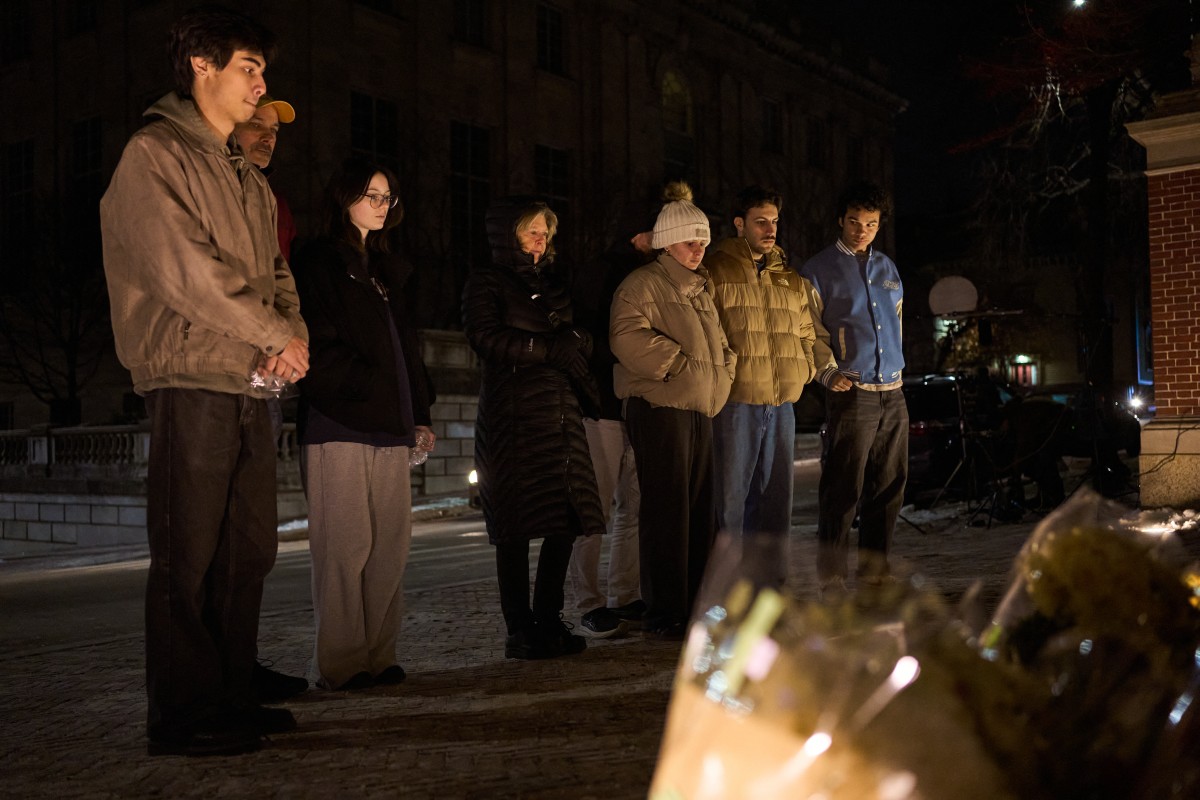
According to the statement, investigators are “seeking the public’s help to identify and speak with an individual” who was seen “near” the suspect at the time of the attack.
The Providence Police Department in Rhode Island released three photos of the person of interest, whose face has been blurred. In the images, the individual is wearing navy blue clothing, what appears to be a green hood, and carrying a light-colored backpack.
Earlier, authorities had released several photos and videos of a suspect described as “approximately 5 feet 8 inches tall, with a stocky build,” dressed in dark clothing, with their face covered by a surgical mask and wearing a beanie. The suspect’s identity remains unknown.
Authorities are offering a $50,000 reward for any information leading to the identification, arrest, and conviction of the person responsible for the killings, who is considered armed and dangerous.
The gunman opened fire on Saturday at Brown University’s engineering and physics building, where exams were being held, killing students Ella Cook and Mukhammad Aziz Umurzokov. The names of the nine people injured have not been released.
International
Police investigate deaths of Rob Reiner and wife as apparent homicide

The Los Angeles Police Department (LAPD) is investigating the deaths of Hollywood actor and filmmaker Rob Reinerand his wife as an “apparent homicide,” amid a wave of tributes to the director of classics such as When Harry Met Sally.
According to U.S. media reports on Sunday, Rob Reiner and Michele Singer Reiner were found dead at their Los Angeles mansion with what appeared to be stab wounds.
Several political figures shared messages of condolence following the reported deaths of the director of A Few Good Menand his wife.
While the LAPD did not officially confirm the identities of the victims, it stated that homicide detectives were dispatched to the Reiner residence.
“At this time, no additional details are available and the investigation into an apparent homicide is ongoing,” the Los Angeles Police Department said in a statement posted on social media.
LAPD Deputy Chief Alan Hamilton told reporters that no arrests have been made and that no individuals are currently being questioned as suspects.
“I’m not going to confirm whether anyone is being questioned at this moment or not. We are going to try to speak with as many family members as we can,” Hamilton said.
CNN reported that a family spokesperson confirmed the deaths of Reiner and his wife.
California Governor Gavin Newsom, former U.S. President Barack Obama, and former Vice President Kamala Harrisissued statements expressing their condolences.
-

 Central America4 days ago
Central America4 days agoPanama seizes over three tons of drugs hidden in Caribbean port container
-

 International4 days ago
International4 days agoPolice investigate deaths of Rob Reiner and wife as apparent homicide
-

 Central America4 days ago
Central America4 days agoOAS urges swift recount in Honduras as election results remain uncertain
-

 Central America2 days ago
Central America2 days agoEl Salvador ranks among top countries in the Americas in fight against organized crime
-
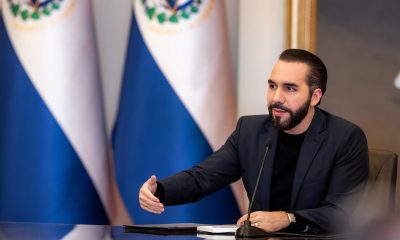
 Central America2 days ago
Central America2 days agoBukele says AI partnership with xAI will transform public education in El Salvador
-
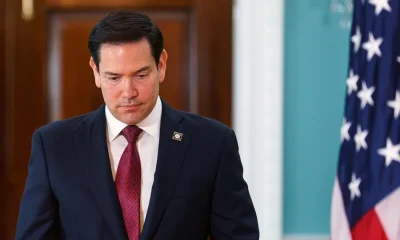
 International1 day ago
International1 day agoRubio rules out 2028 presidential bid if Vance runs
-

 Central America1 day ago
Central America1 day agoArrests and clashes in Tegucigalpa as vote count continues after Honduras election
-
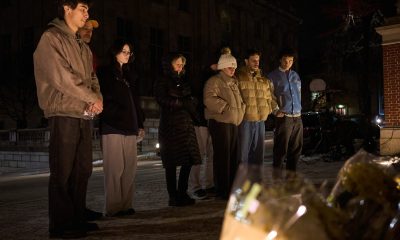
 International1 day ago
International1 day agoAuthorities search for armed and dangerous suspect in fatal Brown University attack

























